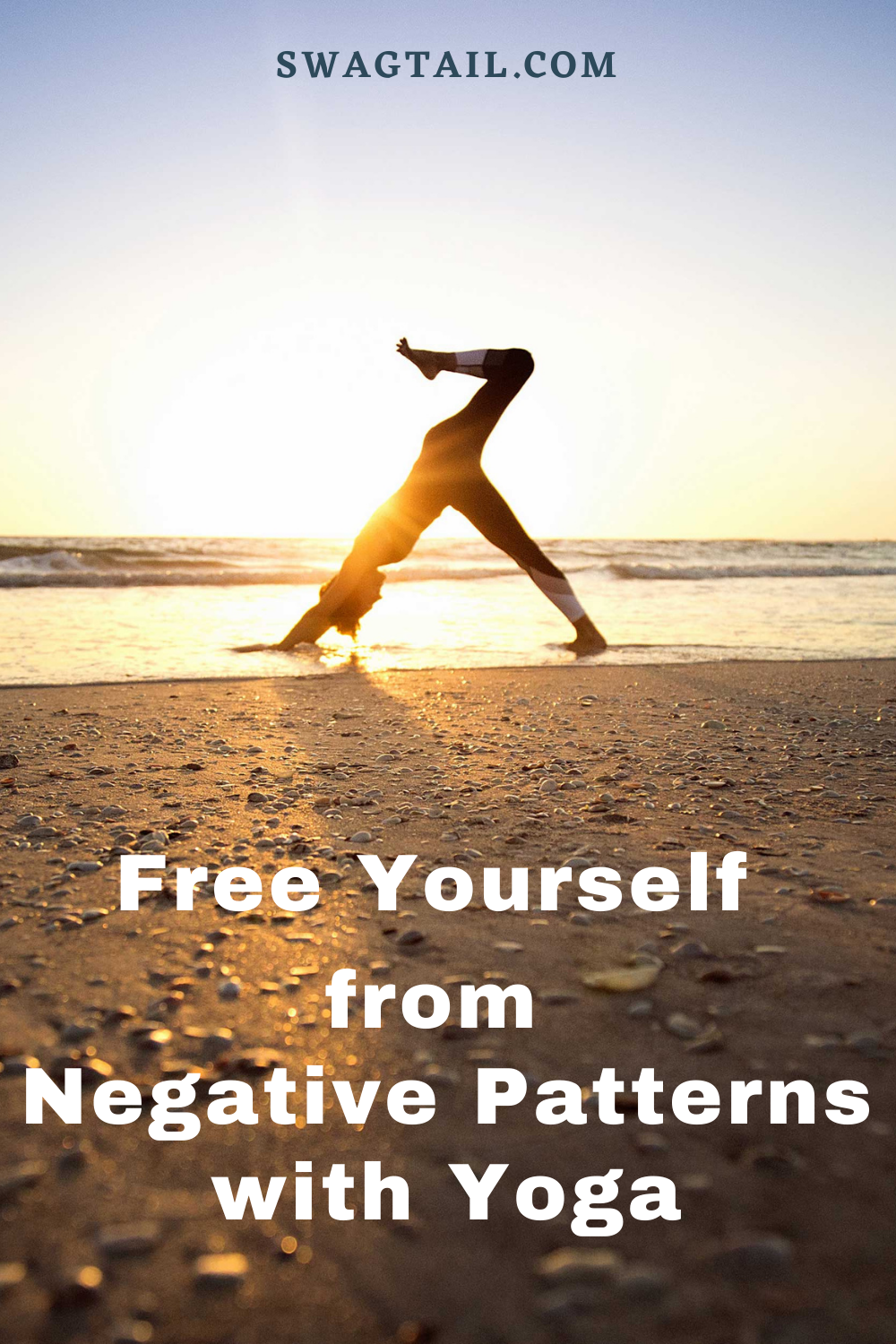 Are you ready to make a change in your life? Do you feel stuck in the same cycle of start, lose momentum, quit, backslide, then start again? This can causes frustration, anxiety, and depression to strive for improvement. Likely the right tools haven’t been explained to your or put in your hands for lasting change. That’s why this week’s blog post shows you powerful techniques to alter your mind, brain, and body and find freedom from those negative patterns that are holding you back.
Are you ready to make a change in your life? Do you feel stuck in the same cycle of start, lose momentum, quit, backslide, then start again? This can causes frustration, anxiety, and depression to strive for improvement. Likely the right tools haven’t been explained to your or put in your hands for lasting change. That’s why this week’s blog post shows you powerful techniques to alter your mind, brain, and body and find freedom from those negative patterns that are holding you back.
This topic actually reminds me of a golf joke my husband told me years ago. It goes like this:
Hank showed up to his office Monday morning and looked absolutely exhausted. His workmate, Ralph, noticed right away. “Hank. You look terrible. Are you okay?”
Hank replies, “Oh my gosh! Yesterday was a sad and difficult day.”
“What happened?”
“Well, you know I have a standing tee time with my friends each Sunday. Yesterday on the fifth hole, my playing partner, Charlie, had a heart attack and died.”
“Oh, that’s awful!” Ralph sympathized. “I am so sorry to hear that. It must have been horrible.”
“It was! For the whole rest of the game, it was: hit the ball, drag Charlie. Hit the ball, drag Charlie.”
Hopefully, no one in your foursome actually croaks during play (or during your yoga class). However, you likely carry around unwanted, internal baggage that can negatively affect you on a daily basis. In this article, you uncover what those hindrances might be. Then, you can confidently step in at the level of mind, brain, or body to embrace more freedom.
Photo Credit: Ember and Earth Photography
REVIEW: WHAT PREVENTS LASTING CHANGE
There is a seamless connection between the mind, body, and brain. When you have positive thoughts and supportive beliefs, you thrive. Yet a negative cycle perpetuated at the conscious or subconscious level can subvert your goals. This begins with limiting beliefs in the mind, which then initiate certain neural networks in the brain to fire. Usually, these circuits create an incoherent brain pattern which prevents the disparate parts of the brain from working together. Incoherent patterns also initiate a downstream warning to the body that it’s time to protect yourself from the current stressors. Not only do you experience this physically as tension, you interpret these chemicals as negative emotion. This pattern will continue unless you step into stop it.

The remainder of this post gives you specific steps to break the cycle. Keep in mind that this is a sample section from an upcoming Yoga for Golfers book. Yet the ideas hold true for any changes you want to make in life.
CHANGE THE MIND, BRAIN, AND BODY
You have the power to make your brain work in distinct ways because you can influence how nerve cells combine. This is done through your attention. It’s your consciousness, or your conscious awareness, that recognizes unwanted patterns. It’s what also brings the mind and body together to affect your external world (like your golf game).
According to the first law of thermodynamics, energy cannot be created or destroyed. It can only change from one form to another. This means we are going to take the energy you were once putting into those old habits and redirect it into new ones. We’ll do this by breaking the cycle of negativity. This can be done at any one of the three points–mind, brain, or body. Here’s how:

FREE YOURSELF WITH THE MIND
Thanks to the conscious mind, you can step back and objectively view your life. You can reflect on who you are and define who you want to become. As the observer, you separate yourself from your subconscious habits. You step back from the knee-jerk responses of your daily life and begin to take control once again.
Learning is one of the best ways to do this. You’re already opening up to novel ideas by being here—by thinking about yourself and your golf game in unexpected ways.
No matter the medium, learning when in a relaxed state turns on the frontal lobe of your brain. This region scans your existing database of knowledge and starts to combine the stored information in new ways. It also lowers the volume of other circuits of the brain–ones that process time and space. You stay more focused in the present moment as a result.
Contemplation and introspection are additional ways you learn. Contemplation requires that you think differently about what it is and imagine possibilities. With introspection, you contemplate yourself. I actually keep a small, blue notebook in my golf bag to jot down insights when on the course. Sometimes these are ideas directly related to my game. Many times, these thoughts are unrelated to golf. By putting pen to paper, though, I prevent these thoughts from being a distraction during my next shot. Where might you keep a notebook to jot down your thoughts during the day?
Daydreaming is a similar mental state in which you picture the best possible outcomes. It’s where you create future memories by thought alone. Ideally, you do this without the need to analyze your thoughts.

Check out some of our favorite books for yogis and business books for yoga teachers here!
FREE YOURSELF USING THE BRAIN
Every nerve cell in your brain constitutes a memory. As you step in to consciously dismantle these memories, your old self disappears. New neural networks replace old ones. Just as you would change the mind with learning, you can change the brain directly with it, too.
In a laid-back learning state, your brain waves slow down from beta to alpha. They can also move from an incoherent pattern to a coherent one. When this happens, the high and low points are parallel on an EEG. These waves are synchronized, orderly, and smooth and all areas of the brain are highly integrated. The goal is to memorize these states and replicate them on the golf course (and in other areas of life).
Ongoing learning is one way to do this. Meditation and visualization exercises done with the eyes closed are others.
Remember, your eyes take in 80% of the sensory data from your environment. So when you close them, your brain receives a signal that something is different. Your heart rate might rise at first. This is normal. Your body knows it’s time to focus. It’s time to pay attention. When you close your eyes, you also remove the stimulus of people, places, and things that trigger habitual thoughts. You can’t focus on the stack of bills in the office if you can’t see them. Or you likely won’t be distracted by a mess in the house. Without this external input, your nervous system calms down. You think less and your brain waves slow.
Your attention shifts from outward to inward. Instead of eavesdropping on the conversation between strangers at a dinner table next to you, you hear the constant chatter of your own mind. This doesn’t mean you’re crazy. We all have this inner dialogue. I became really familiar with mine when I enrolled in a 10-day silent retreat. That was like jumping into the deep end of a swimming pool before learning to swim. I would have appreciated the experience more had I known the value behind meditating in the first place. That’s why I teach smaller steps to change the brain through meditation in the 3H Project.
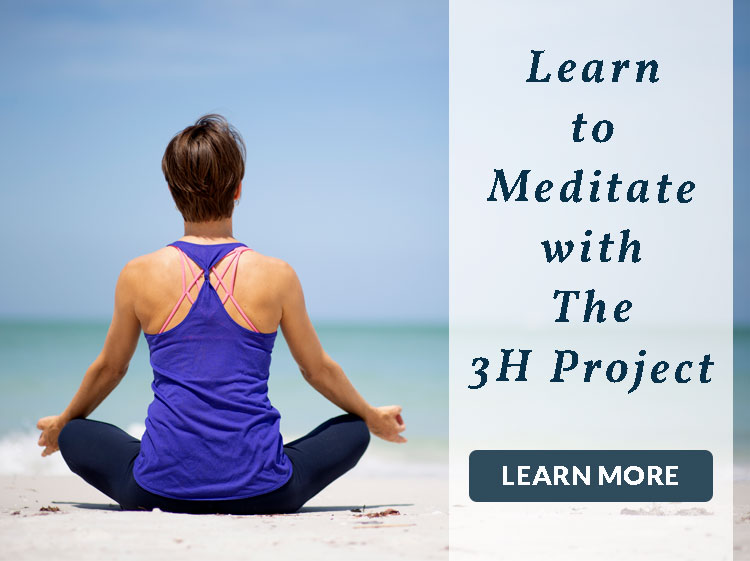
FREE YOURSELF VIA THE BODY
The body is perhaps the most obvious place to break the cycle since we’re used to taking action in life. Think of it this way: move the body and the mind will follow.
Yoga moves the body in specific ways to remove stored tension. This frees up energy from the fascia and muscular tissue and makes it available to be used in other ways (like creating new ways of thinking or being). Even the endorphins that kick in with movement put you in a better mood. Yogic breathing also returns your awareness to the present moment. It’s true that the subconscious mind sustains respiration without you having to think about it. Yet you can use your conscious mind to shift the pattern of the breath on purpose. Specific exercises wake you up; others calm you down. It can also help you stay balanced amidst distractions.
Another way to directly change at the level of the body is to focus on gratitude. While you might think of this as a mental exercise, the body is the realm of emotions. Each cell stores emotional memory. And your emotional state directly impacts your heart. If you are stressed, the heart rhythm pattern is jagged and irregular, similar to that of an incoherent brain. When you cultivate feelings of appreciation, satisfaction, and love, the heart rhythm pattern moves into coherence. This leads to greater mental clarity and improved cognitive function.
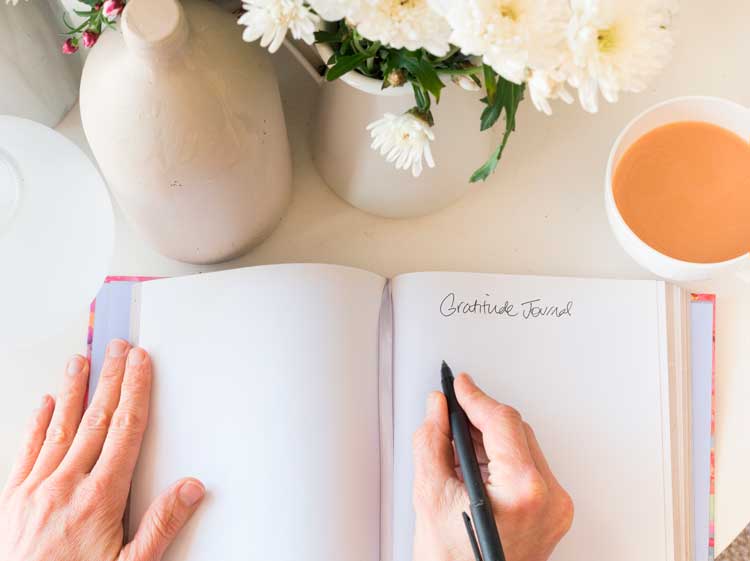
Photo Credit: Natalie Board
THE NEW YOU
Once you have interrupted your old way of thinking and feeling, you liberate energy in the body. You free it up as raw material to create an exciting future. You think in fresh ways. You perceive familiar circumstances from a new vantage point and fire neural networks differently. When you also shift your attitude from negative to positive, the brain naturally recalibrated to a coherent state. This is the headspace you’re after on the course (and in life)—one that is present, creative, and aligned with your golf goals.

A coherent brain then sends synchronized signals to the rest of the body. Your cardiovascular system, digestive system, immune system and all systems can return to homeostasis. Instead of using your inner energy to survive, it can now be used for more productive reasons. You can focus on change and be excited about it. A whole host of other life-affirming emotions, like appreciation and compassion, show up too.
So when you make changes at any one of these three areas, you live within a new cycle. With practice, positive thoughts become your new normal. This creates coherent brain waves and a body fueled by harmony and positive emotions. This becomes your new hamster wheel. Only instead of being tired and burned out after endless cycles, you’re invigorated; you’re excited. You witness changes in yourself and in your golf game and you’re ready for more!
In the past, the conscious mind (5%) battled the subconscious (95%). Now as the new you, they work harmoniously together for your success. And even if you do have a mishit or unlucky lie (or funky day), you can retain a sense of humor. You can be open to interesting ideas and you can recover quickly. Chip Beck said it best when he would hit one into the woods, “You gotta love it. This is what golf is all about.”

Photo Credit: Ember and Earth Photography
PUTTING IT TOGETHER
The mind, brain, and body work together seamlessly without you having to consciously get involved. This is helpful if you have positive emotions and coherent heart and brain patterns that support well being. Yet, if negativity is present at either level of the mind, this can trigger an unwanted cycle of stress and disharmony. Thankfully, you can use any of the techniques in this blog post to free yourself from this cycle of negativity. You then get back on track with your health, wealth, and vibrant relationships.
Take Action Now:
- Get on your mat and move this week. Maybe even join me for one of my classes on YouTube.
- Start a home meditation practice. Our 3H Project shows you how!
- Share this information with a friend or your students. Verbalizing this information further wires it into your brain, making it stick around long-term!


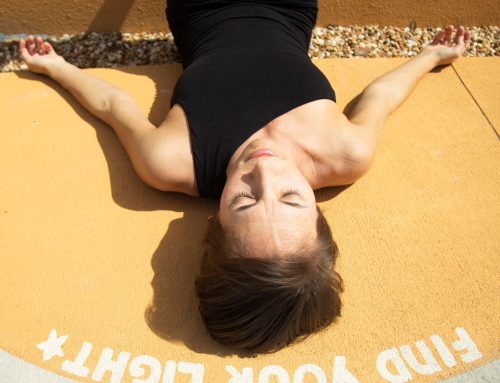


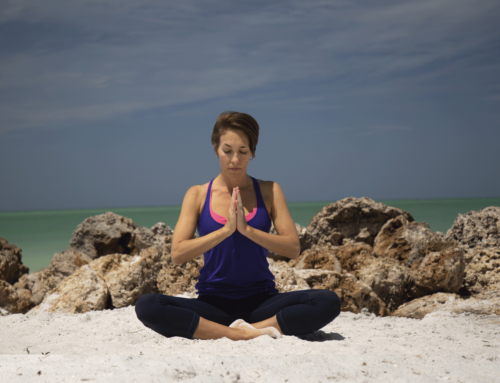
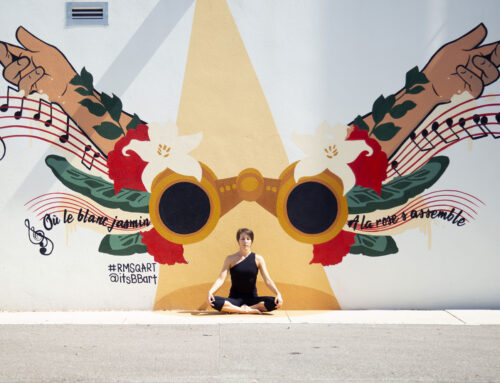

Leave A Comment